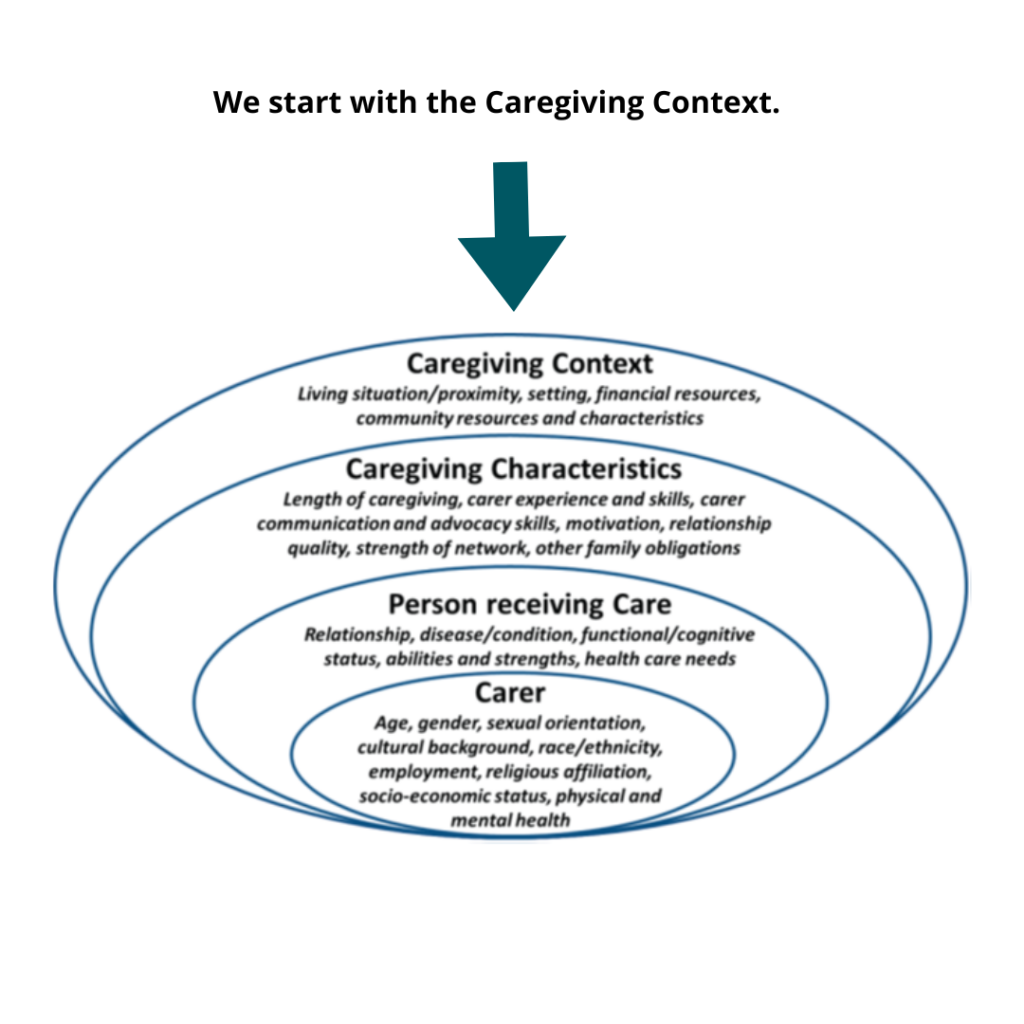Managing the care of an older person can be one of the most challenging situations ever undertaken by a family or group of friends. And it is normal for some conflict to arise over the health and personal care needs and the many ways to address those needs. No two caregiving situations are the same.
With a rapidly aging population, the number of care disputes is increasing, and professionals across a wide range of services, from financial services, the courts, various healthcare providers, and family and community providers, are being called upon to resolve these disputes. To resolve a dispute, it’s important to have a thorough understanding of the basis of the conflict in the first place.
Dispute resolution in care situations is a complicated topic. This article is the first in a series to explore care disputes from a client and caregiver perspective. The articles will provide planning considerations that may help to prevent care disputes and insights into conflict resolution methodologies.
Why do conflicts occur in caregiving situations? The answers are not as simple as one may think. Giving care is a multifaceted activity with the person receiving care at the centre. The effort involves many people who come to their task with varying degrees of expertise, perspectives, and biases.
For example, a recent case involved setting up palliative care and end-of-life services at home for a woman with end-stage breast cancer. Every day, the attorney for personal care coordinated the various people and made decisions that needed to be made. On a weekly basis, there were approximately forty (40) people scheduled to attend the house in three shifts: family caregivers and volunteer friends, a nurse practitioner, registered practical nurses who provided direct care and medication administration, personal support workers, family visitors, etc. With the number of people and caregiving tasks involved around the clock, there were many opportunities for potential conflict.
Caregiving is a complex set of activities and interrelated factors. Too often assumptions are made. The value of a comprehensive assessment of the caregiving situation is that it provides a necessary foundation for resolving conflicting opinions, and it can also be the foundation for a well-thought-out plan for future care.
How do you assess the caregiving situation, and the people and resources required?
One model that includes various components of the caregiving situation was referenced in a previous article, Caregiver Awareness Month – A Perfect Storm is Brewing. The American caregiving strategy First National Strategy to Support Family Caregivers includes a First Principles document that introduces a caregiving model (see Figure below) based on materials referenced in The Gerontologist. [1]
For both planning purposes and conflict resolution, one addition we would make to the model is to start with the Caregiving Context discussion first, and then work through the rest of the related components. So often, assessors focus on the needs of the person receiving care and miss some of the other equally important and interrelated factors.
[1] Image Source: The Gerontologist. 2020 Fe; 60 (Supp 1): S14-S28.

- The Caregiving Context: Assessing the caregiving situation includes the home living situation (home could be defined as a personal house or condo or retirement home, etc.) and it varies with location and proximity to the caregiver(s). Assessing financial resources is critical to the caregiving assessment to determine if the person can supplement publicly funded care and access community resources. A thorough scan of the types of resources and supports available is also important.
- The Caregiving Characteristics: Doing an assessment of the various characteristics of caregiving required can assist in determining if the right resources and people are being used. For example, how long will the caregiving situation go on and with what intensity? Burnout among family caregivers is common. Different clinical and medical situations require diverse types of skills and experience, along with other skills such as communication and the ability to advocate.
- The Client or Person Receiving Care: Readers may be more familiar with a needs assessment of the person focused on their diagnosis and co-morbidities as well as their cognitive status and functional abilities such as Activities of Daily Living. It is also extremely helpful if the assessment includes a personalized list of care criteria or needs which then guide the planning for care.
- The Caregiver: Many family caregivers have no experience or education before they find themselves immersed in the role. In assessing their ability to cope with and succeed in the role over time, there are several attributes that can be assessed including physical and mental health, socio-economic status, etc. For example, a family member who is not employed full-time may want to take on a caregiver role; however, they insist on being paid for their work. All these factors are relevant when assessing the caregiving situation.
In summary, every caregiving situation is unique. Managing someone’s health care and personal care needs can be complex and given the interactions required, it is no surprise that conflicts arise. A comprehensive assessment of the caregiving situation using a model such as the one referenced above will assist the parties in understanding the entire caregiving situation before attempting to resolve conflict. The same model can also be useful as a planning tool for determining future caregiving requirements.


0 Comments